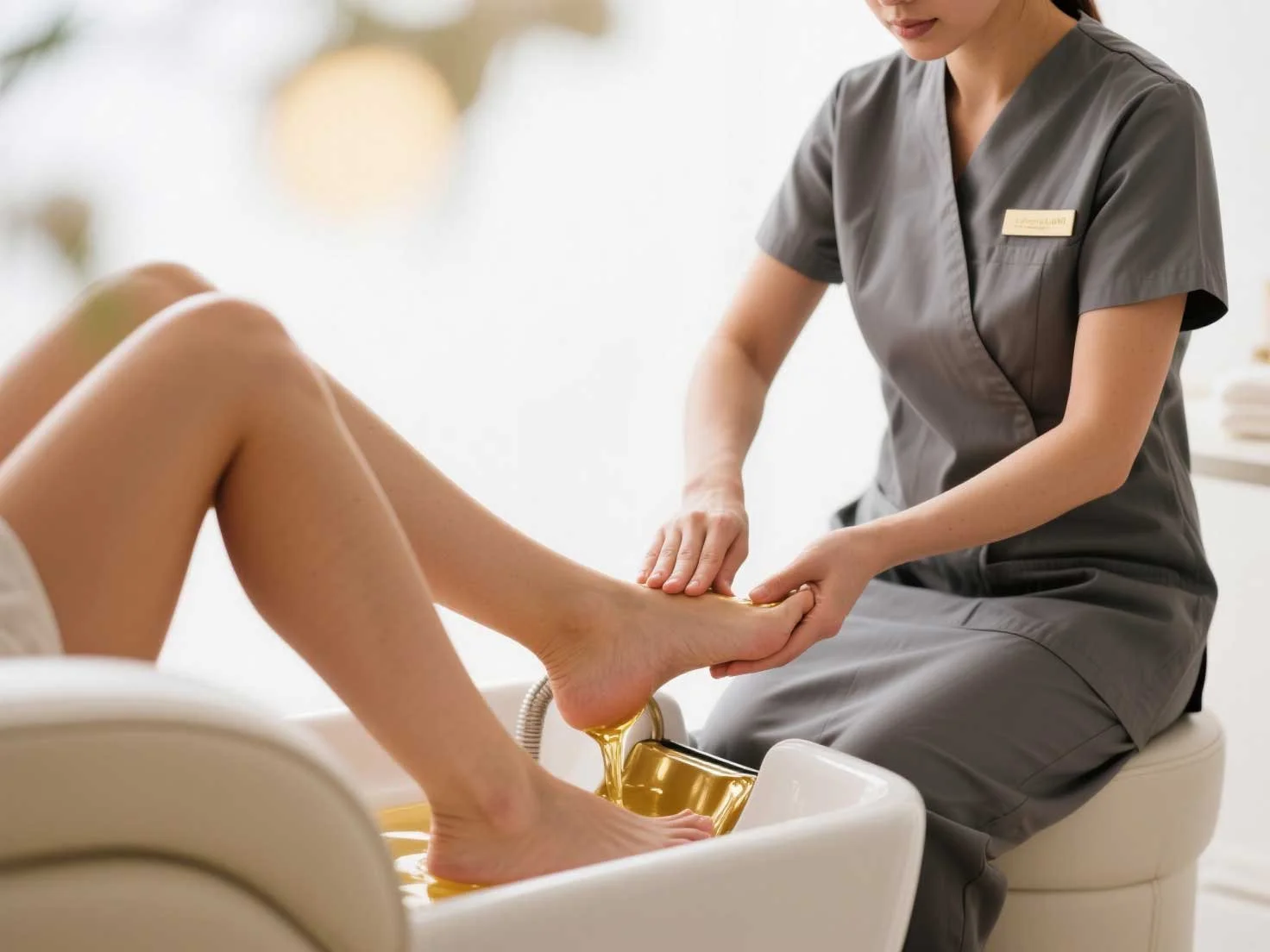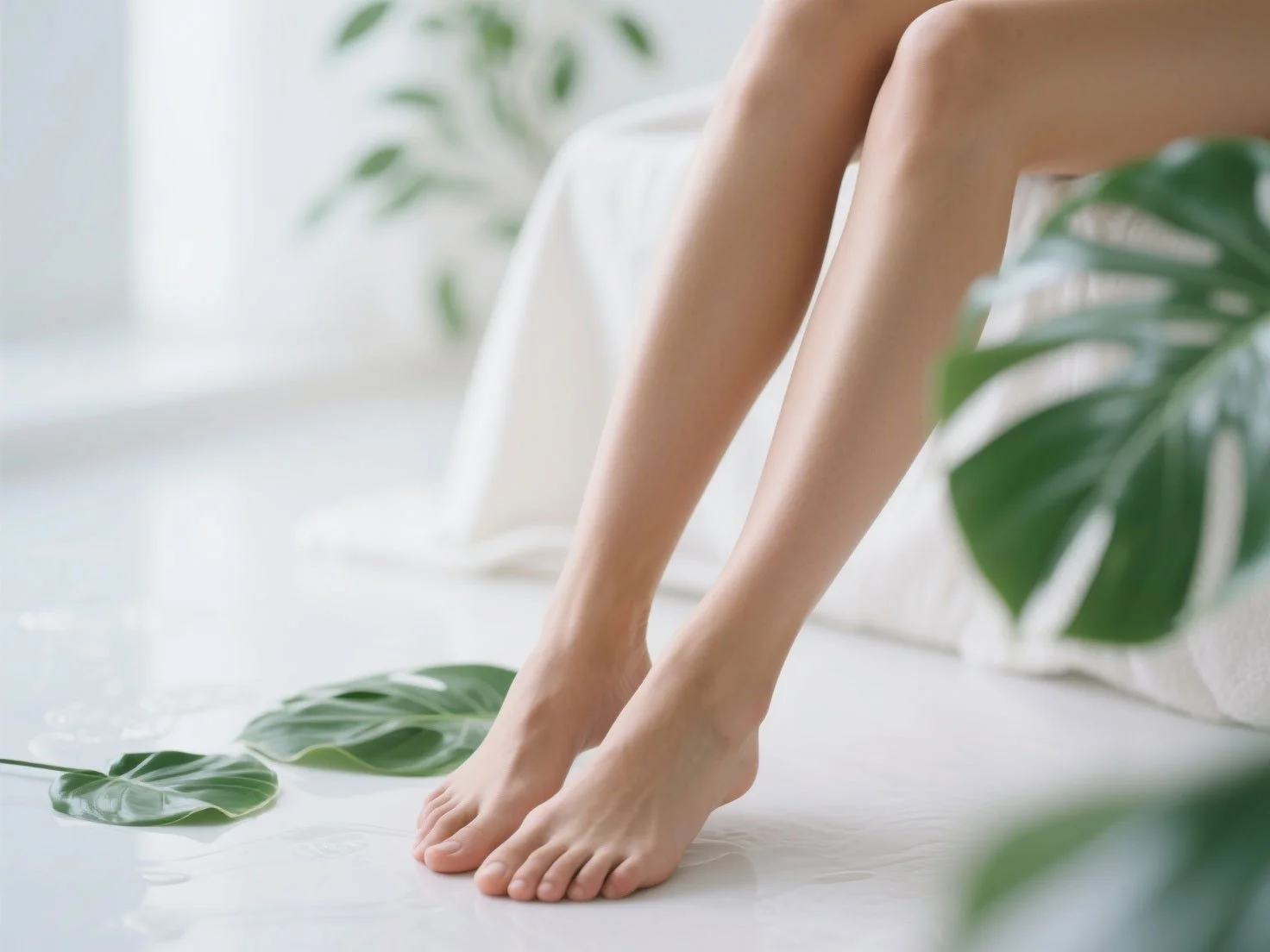How to Relieve Foot Pain with Massage?
Foot pain is a common problem that affects many people. It can trouble busy restaurant owners who stand for long hours or hospitality consultants who rush between meetings. Learning how to relieve foot pain through massage can offer significant comfort and improve your overall well-being. In this article, we will explore effective self-massage techniques. We will also discuss the benefits of foot massages. Additionally, we will provide guidance on how to easily incorporate these practices into your daily routine. This will help you achieve lasting relief and relaxation.
Before delving into massage techniques, it's crucial to understand what causes foot pain. Recognizing the source of your discomfort can help in selecting the most effective massage techniques. Common culprits include:
Plantar Fasciitis: This condition causes inflammation in the tissue at the bottom of your foot. It often leads to sharp heel pain, especially with your first steps in the morning.
Muscle Knots: These knots can develop in the arches of your feet. They result in ongoing discomfort, making it hard to walk or stand for long periods.
Overuse: Prolonged standing or walking can strain your feet. This may lead to soreness, swelling, and, over time, more serious issues like stress fractures.
Understanding these causes can help in identifying the best approach to alleviate your foot pain through massage. Adjusting your massage techniques can effectively target specific issues. For example, you can focus on conditions like plantar fasciitis or muscle knots. This tailored approach can provide significant relief.
Foot massages aren't just about relaxation; they offer several significant health benefits. Incorporating regular foot massages into your wellness routine can yield improvements in various aspects of your health:
Sit Comfortably: Begin by finding a comfortable chair and placing one foot on the opposite thigh. This position gives you easy access to the sole of your foot.
Pain Relief: Focusing on specific areas with massage can ease pain from muscle knots or plantar fasciitis. This offers a non-invasive option instead of pain medications.
Stress Reduction: A good foot massage can reduce stress by triggering the release of endorphins. These are the body's natural painkillers and mood boosters.
Better Sleep: A foot massage can help you relax, leading to better sleep quality. This can make you feel more rested and energetic during the day.
Embracing these benefits can greatly improve your quality of life. This contributes to both your physical health and mental well-being.
Learning self-massage techniques empowers you to address foot pain anytime, anywhere, providing instant relief and relaxation. Here are some simple yet effective methods you can try:
Sit Comfortably: Begin by finding a comfortable chair and placing one foot on the opposite thigh. This position gives you easy access to the sole of your foot.
Use Your Thumbs: Press your thumbs deeply into the arch of your foot, moving from the heel towards the toes. This movement helps stimulate circulation and relieve tension.
Apply Pressure: Use moderate pressure and circular motions to target muscle knots in the arch. Adjust the pressure according to your comfort level to avoid over-straining sensitive areas.
Grip Your Toes: Hold your foot with one hand and gently pull back on your toes with the other, aiming to stretch the muscles and ligaments in the foot.
Stretch and Hold: Hold the stretch for 10-15 seconds to relieve tension and improve flexibility. Repeating this stretch several times can enhance its benefits.
Find a Ball: Use a tennis or massage ball for this technique. Its firm yet flexible nature is perfect for massaging the sole of your foot.
Roll Underfoot: Place the ball under your foot. Gently roll it back and forth. Focus on sore spots and adjust the pressure to match your comfort level.
Focus on Tension: Apply firm pressure with your knuckles on the arch, working slowly from heel to ball to release deep-seated tension.
Slow and Steady: Move slowly to work out knots and improve circulation. Pay attention to how your foot responds to the pressure.
These self-massage techniques take only a few minutes each day. They can greatly reduce foot pain and discomfort.
Foot massage can also serve as an effective remedy for alleviating period pain. By focusing on specific areas, you can target tension and discomfort associated with menstrual cycles:
Inner Ankle: Gently massaging the area above the inner ankle can stimulate points linked to the pelvic region. This may help reduce pelvic pain.
Sole: Gently massaging the sole in circular motions can relieve tension and discomfort. This soothing technique can enhance other methods for alleviating period pain.
Integrating foot massage techniques into your routine can help during your menstrual cycle. This approach offers a natural and effective way to relieve period pain.
Consistency is key when it comes to reaping the benefits of foot massage. Here's how you can make foot massage a regular part of your daily routine for optimal results:
Morning Routine: Begin your day with a quick arch massage. This will wake up your feet and prepare them for the day's activities. It can also help reduce the chance of pain or discomfort.
Post-Work Relaxation: Spend a few minutes on a self-massage after work to unwind, allowing your feet to recover from the day's demands.
Pre-Bedtime Ritual: A gentle foot massage before bed can help you sleep better. This simple act prepares you for a restful night and a more energetic morning.
By adding these practices to your daily routine, you can create a schedule that supports foot health. This will also improve your overall well-being.
Along with massage, consider these tips for keeping your feet healthy. They can enhance your massage routine and improve its effectiveness:
Proper Footwear: Select shoes that offer good support and cushioning. This helps reduce strain on your feet and prevents common problems like plantar fasciitis.
Foot Soaks: Soaking your feet in warm water can relax muscles and ease pain, serving as a soothing prelude to a massage.
Stretching Exercises: Regular stretching can prevent tightness and reduce the risk of injury, enhancing your feet's flexibility and resilience.
These additional foot care strategies can help you maintain optimal foot health, enhancing the benefits of your massage routine.
If self-massage doesn't fully alleviate your pain, consider seeking professional help. A licensed massage therapist can provide deep tissue massage and tailored advice to meet your specific needs. Their expertise and precision can be hard to achieve on your own.
Collaborating with a professional allows you to understand your foot health better. You will receive personalized treatments that cater to your specific concerns and preferences.
Relieving foot pain with massage is an accessible and effective way to improve your quality of life. By incorporating these techniques into your routine, you can address pain, reduce stress, and enhance your overall well-being. Whether you're navigating the fast-paced restaurant industry or providing strategic advice as a hospitality consultant, taking care of your feet is essential.
Recognizing your body's needs and committing time to self-care can help you perform well in all areas of life. Healthy feet contribute to a healthier, happier you. By focusing on foot health, you are building a foundation of wellness that supports every part of your life.





